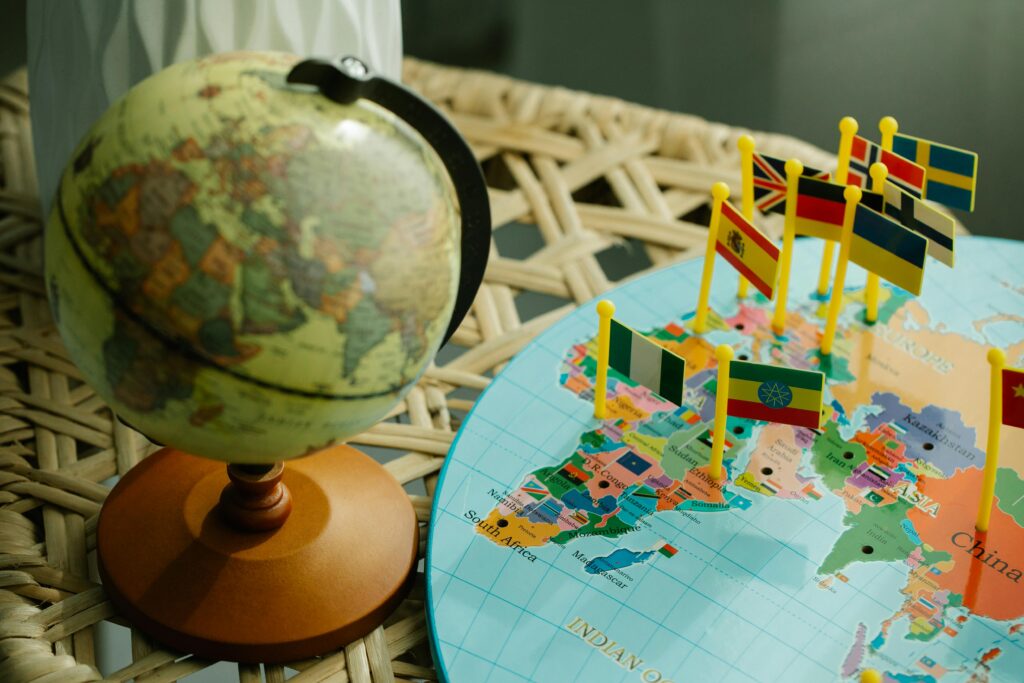Geographical Information System

Geographical Information System
COURSE DESCRIPTION
Basic: 1 week | Advance: 2 weeks | Premium: 2 weeks 3 days
This G.I.S. (Geographic Information Systems) course will get you up and running with G.I.S. in very short time. By the end of the course, you will feel competent, self-assured, and understand the G.I.S. technology and how to make good use of G.I.S. software in the production of Maps. This course also requires G.I.S. training in mapping, database management, and spatial analysis. This Course is perfect for professionals such as programmers, land surveyors, geologists, social scientists, and every other professional who need to make use of Map in their various field.
WHO IS THIS COURSE FOR?
This course is for professionals such as programmers, land surveyors, geologists, Agriculturist, social scientists, and every other professional who need to make use of Map in their various field.
WHY CHOOSE US?
Professional and Experienced tutors
The choice to either do the training online or at our office
Conducive Study environment
Project-Based Study Approach
Flexible timetables
Recognized Certificate will be issued
COURSE OUTLINE
Basic
1.0. INTRODUCTION TO GIS
1.1. Software Installation
1.2. Definition of GIS
1.3. Basic Components of GIS
1.4. Application of GIS
2.0. DATA PROCESSING
2.1. Types of Data, source and structure
2.2. How to add Data
2.3. Georeferencing and Digitizing
2.4. How to Edit Shape-file
3.0. CARTOGRAPHY
3.1. Cartography colour as well as symbols
3.2. Map design
3.3. How to export Maps
COURSE OUTLINE
Advance
1.0. INTRODUCTION TO GIS
1.1. Software Installation
1.2. Definition of GIS
1.3. Basic Components of GIS
1.4. Application of GIS
2.0. DATA PROCESSING
2.1. Types of Data, source and structure
2.2. How to add Data
2.3. Georeferencing and Digitizing
2.4. How to Edit Shape-file
3.0. CARTOGRAPHY
3.1. Cartography colour as well as symbols
3.2. Map design
3.3. How to export Maps
4.0. HOW TO CREATE CHART & REPORT
4.1. Procedures of creating Graph and Chart
4.2. How to produce Report
4.3. How to create a Thematic Map
5.0. GEOPROCESSING
5.1. Extracting and Proximity tool
5.2. Overlay
5.3. Statistics
6.0. INTRODUCTION TO REMOTE SENSING
6.1. What is Remote sensing?
6.2. What is Image Processing?
6.3. Application and uses
COURSE OUTLINE
Premium
1.0. INTRODUCTION TO GIS
1.1. Software Installation
1.2. Definition of GIS
1.3. Basic Components of GIS
1.4. Application of GIS
2.0. DATA PROCESSING
2.1. Types of Data, source and structure
2.2. How to add Data
2.3. Georeferencing and Digitizing
2.4. How to Edit Shape-file
3.0. CARTOGRAPHY
3.1. Cartography colour as well as symbols
3.2. Map design
3.3. How to export Maps
4.0. HOW TO CREATE CHART & REPORT
4.1. Procedures of creating Graph and Chart
4.2. How to produce Report
4.3. How to create a Thematic Map
5.0. GEOPROCESSING
5.1. Extracting and Proximity tool
5.2. Overlay
5.3. Statistics
6.0. INTRODUCTION TO REMOTE SENSING
6.1. What is Remote sensing?
6.2. What is Image Processing?
6.3. Application and uses
7.0. ARCGIS EXTENSION
7.1. Spatial and Network Analysis
7.2. 3d Analyst
7.3. How to Capture and make use of google earth images
7.4. Application and Uses
